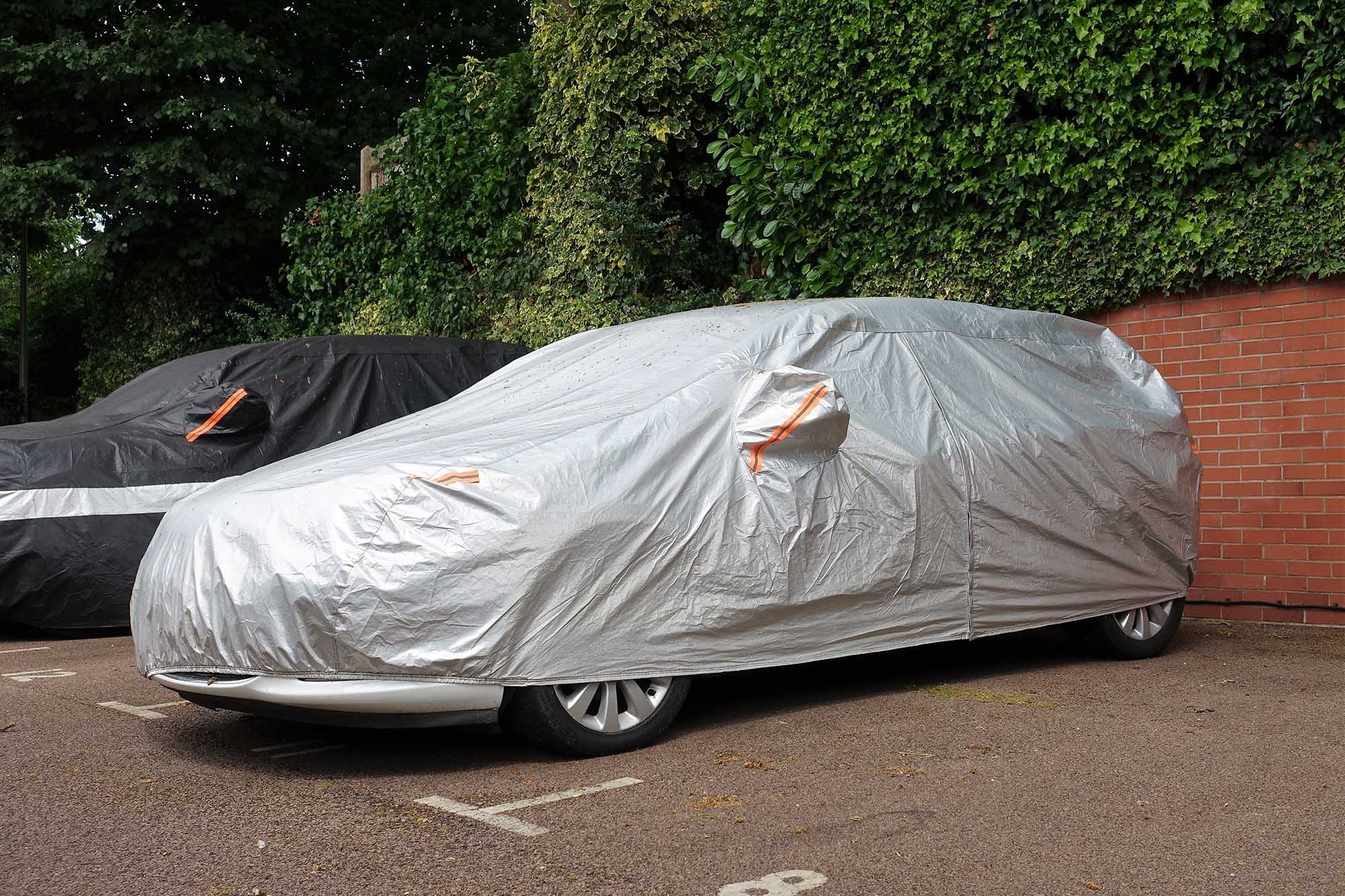How to Wake Up Your Car From Long-Term Storage
These steps will help ensure your car still runs and drives as it did the day you parked it.
 Shutterstock
Shutterstock
Taking a car out of storage after a long winter can be one of the best days of the year for an auto enthusiast. Still, it's important not to get too excited and possibly forget any of the important steps required to bring your vehicle out of hibernation as safely as possible.
Check the Paperwork
If your vehicle's been out of sight and (mostly) out of mind for many months, chances are you may not have kept up with all of its associated paperwork. Before you head out onto the road, check that you haven't missed any deadlines or payments associated with the vehicle's registration, that its insurance policy is current — especially if you removed collision coverage during its winter-long nap — and that it's up to date on any required inspections.
Test the Charge
For those with non-hybrid, non-electric vehicles who connected the battery to a trickle charger all winter, you're unlikely to have any issues getting your engine to crank when you take it out of storage. If it's been sitting unattended, however, you could be looking at a dead battery.
It's worth bringing a portable jump-starter with you if you didn't have the chance to plug in the battery during the winter months. You may also want to have the battery's condition tested if it does turn out to be drained, to make sure there's no permanent damage.
Give Everything a Once-Over
We get so familiar with the cars in our lives that it can be easy to overlook small issues. Even if your vehicle has been sitting in a safe spot during the colder months, it's likely worth inspecting it prior to starting it up to make sure there aren't any unexpected problems.
Specifically, it can be helpful to check for fresh leaks under the car or in the engine bay; indications that wiring might have been nibbled on by rodents; evidence of cracking on tires and rubber hoses; and any signs of animal nests inside the cabin, under the hood, or in the trunk.
Check the oil level, too, and pump the brakes prior to driving to ensure there's good pressure. Finally, verify the air pressure in each of your tires and make sure your lights and turn signals are working.
Clean It Up
If you kept your car under a cover, then cleaning up after winter storage may not take you much time at all. If you had it out in the open, however, you may need to wash off the dust before going for your first drive. Otherwise, the wind could work that dust into every crevice and opening in the bodywork and cabin.
It's also a good idea to make sure your lights, windshield, and side and rear glass are clean enough to see out of. It's worthwhile to check to see if any moisture accumulated inside the trunk or passenger compartment, too, where it might encourage the growth of mildew.
Written by humans.
Edited by humans.
 Benjamin Hunting
Benjamin HuntingBenjamin Hunting is a writer and podcast host who contributes to a number of newspapers, automotive magazines, and online publications. More than a decade into his career, he enjoys keeping the shiny side up during track days and always has one too many classic vehicle projects partially disassembled in his garage at any given time. Remember, if it's not leaking, it's probably empty.
Related articles
View more related articles